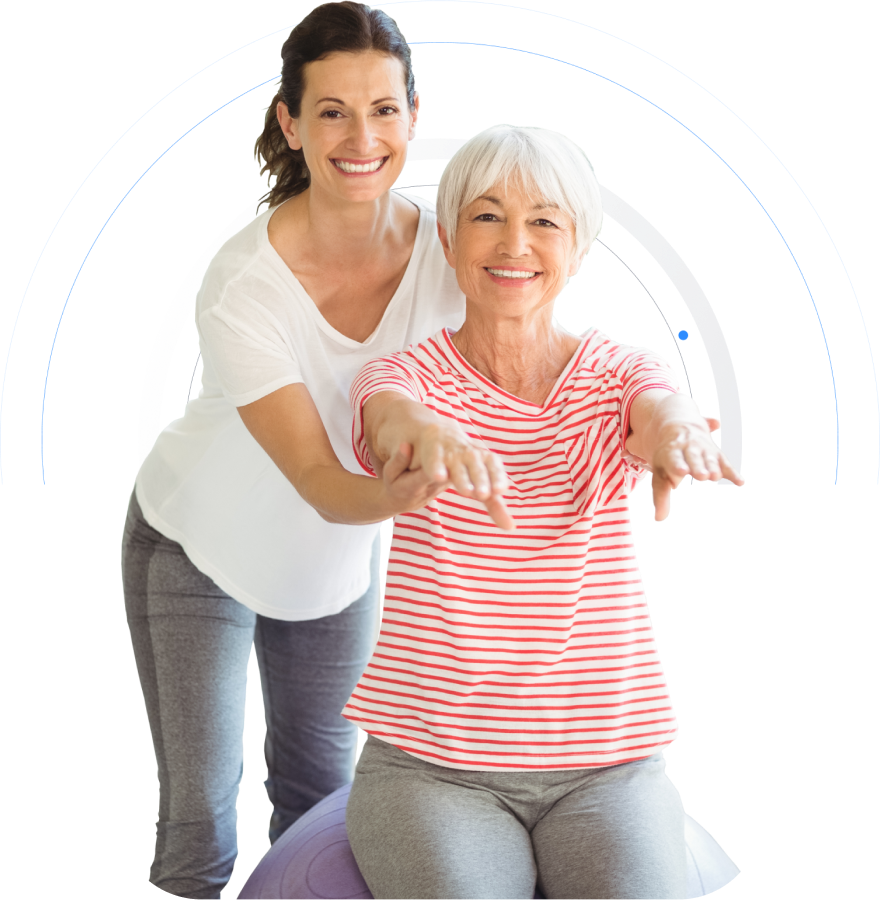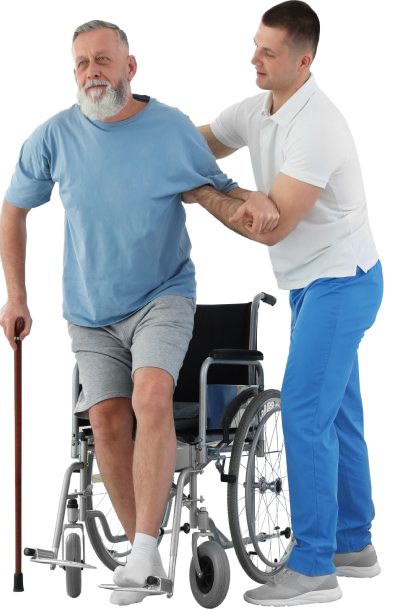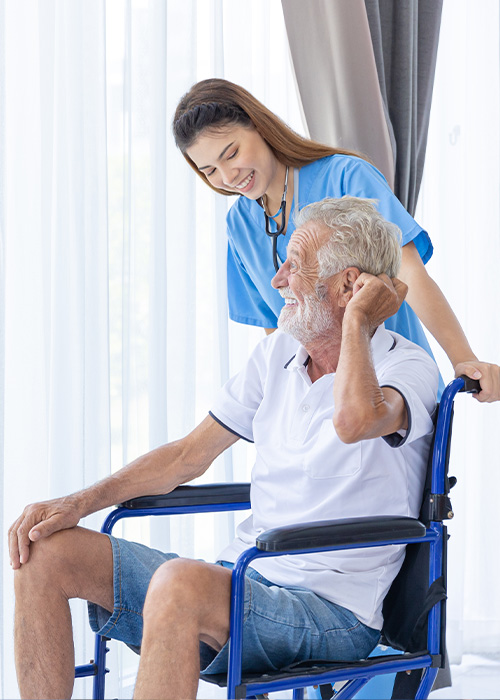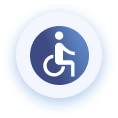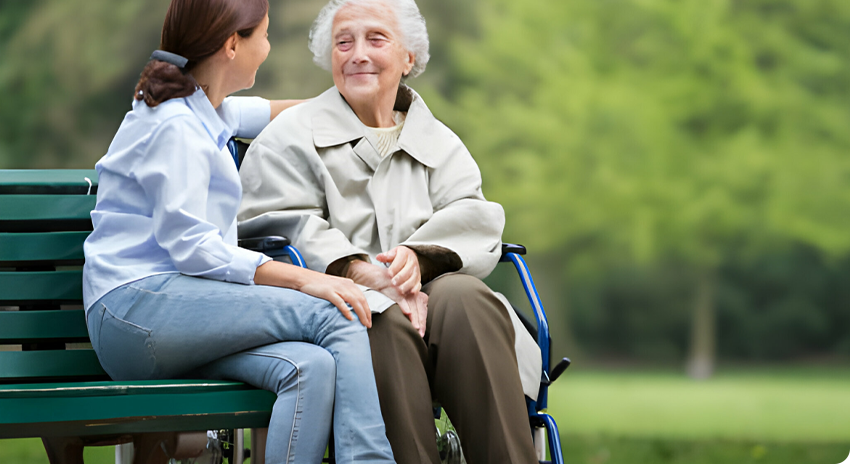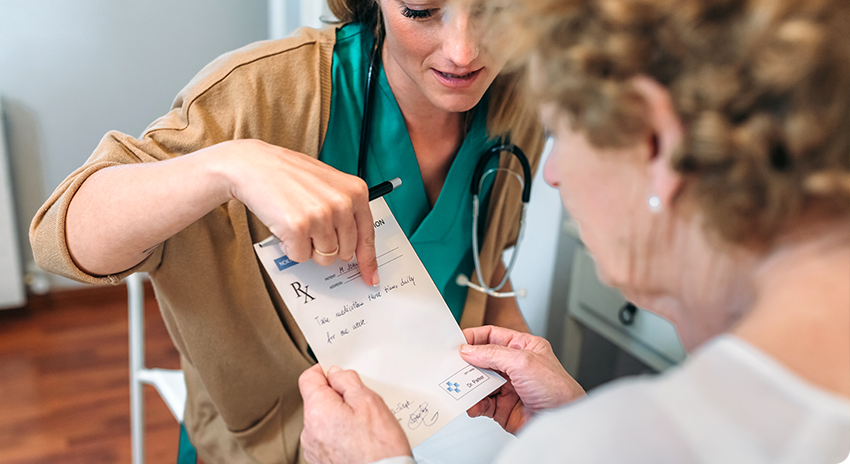Hollywood’s biggest night is moving to YouTube.
Beginning in 2029, the Oscars will stream live and free worldwide on the video platform under a new multiyear agreement between the Academy of Motion Picture Arts and Sciences and YouTube, a major shift for an awards show long synonymous with broadcast television and a clear signal of how entertainment consumption has changed.
The deal, announced Wednesday, gives YouTube exclusive global rights to the Academy Awards starting with the 101st ceremony in 2029 and running through 2033 — ending a five-decade partnership with ABC and making the Oscars the most prominent entertainment awards show to abandon a major broadcast network in favor of a digital-first platform. The show, including red carpet coverage and behind-the-scenes access, will stream live on YouTube around the world, with U.S. viewers also able to watch via YouTube TV.
For the Oscars, which have struggled with declining viewership and cultural impact since their ratings peak in the mid-1990s, the move to YouTube offers the potential to reach a far wider audience than it could on any broadcast network. The 2025 telecast, hosted by Conan O’Brien, attracted roughly 19.7 million viewers across ABC and digital platforms — an uptick from the previous year but still a fraction of the 40-plus million who watched in the 1990s and early 2000s.
This trend has been mirrored across awards shows as broadcast viewership declines and fans increasingly turn to streaming and clips on social media. YouTube counts more than 2 billion logged-in users monthly and is available in nearly every market worldwide.
In a joint statement, Academy Chief Executive Bill Kramer and Academy President Lynette Howell Taylor said the partnership reflects the increasingly international focus of the organization, which has expanded and diversified its ranks in recent years in part by bringing in more members from outside the United States.
“The Academy is an international organization, and this partnership will allow us to expand access to the work of the Academy to the largest worldwide audience possible — which will be beneficial for our Academy members and the film community,” they said. “We will be able to celebrate cinema, inspire new generations of filmmakers and provide access to our film history on an unprecedented global scale.”
YouTube Chief Executive Neal Mohan described the Oscars as “one of our essential cultural institutions” and said the partnership would help introduce the ceremony to new audiences around the world while “staying true to the Oscars’ storied legacy.”
The timing reflects a broader shift in the viewing landscape. This year, in a historic milestone, streaming surpassed broadcast and cable to account for the largest share of TV viewing. YouTube, owned by Google, has consistently ranked as the single largest destination for viewers, according to Nielsen. In October, YouTube, including its core video platform and YouTube TV, accounted for nearly 13% of all television viewing, Nielsen reported. Disney’s networks, including ESPN, ABC and Disney+, ranked second with a combined 11.4% share.
YouTube’s growing influence also extends into traditional pay television. YouTube TV is currently the nation’s third-largest pay-TV distributor, with about 10 million subscribers, trailing only Comcast and Charter Communications’ Spectrum service. Industry analysts expect YouTube TV to surpass both companies within the next few years, meaning that by the time the Oscars move in 2029, YouTube could be the dominant platform for traditional television viewing as well.
The Oscars’ move to YouTube comes amid a broader realignment in the collection of awards shows as they look for larger audiences on streaming platforms. The Golden Globes, for example, air on CBS and stream on Paramount+; the Primetime Emmys continue to rotate among broadcast networks like CBS while also streaming on Paramount+; and the Screen Actors Guild Awards — now called the Actor Awards — have streamed in recent years on Netflix, which some had considered a potential future home for the Oscars.
The shift also underscores the tech industry’s deepening influence in Hollywood’s infrastructure. In recent years, major studios and cultural institutions have become part of larger tech platforms: Amazon acquired MGM in 2022, and Netflix is currently pursuing an $82.7-billion deal to acquire Warner Bros. film and TV studios, HBO and HBO Max.
The agreement makes YouTube the exclusive worldwide home for other academy programming as well, including the Governors Awards, Oscar nominations announcements and the Student Academy Awards.
Beyond the live broadcast, the agreement establishes a long-term digital hub for cinema history. Through the Google Arts & Culture initiative, the partnership will provide digital access to select Academy Museum exhibitions and programs. Most significantly, Google will help digitize portions of the Academy Collection, the largest film-related archive in the world, which houses more than 52 million items. By making these artifacts accessible to a global audience for the first time, the academy and YouTube aim to create a permanent “hub for film fans” that extends the brand far beyond a single night of awards.
For the broadcast networks straining to remain relevant in the digital media environment, the Oscars is the biggest TV event yet to move exclusively to a streaming platform. The move could be a harbinger of more properties that deliver mass audiences leaving the traditional venues.
NFL Commissioner Roger Goodell has said he wants to reopen the league’s 11-year media rights deal signed in 2021 that currently pays $11 billion a year. The league can opt out of the pact in 2029 (2030 for ESPN), giving deep-pocketed tech giants Netflix and Amazon the opportunity to become larger players.
Bill Hague, executive vice president for Magid, which consults TV stations, believes the NFL isn’t likely to abandon broadcasting. Television’s ability to reach every household in the U.S., with local stations building interest in individual teams, still matters to the league.
“The NFL folks are very committed to reach,” said Hague. “And nothing beats reach like over the broadcast TV.”
Hague noted that live events have become increasingly important to the traditional TV business, but he doesn’t believe the Oscars are a must-have.
“Sports, the Westminster Dog Show, the Macy’s Day Parade are the ones that are growing,” Hague said. “And these award shows haven’t. I think Disney can spend their money elsewhere.”
The loss of the Oscars can also be linked to another significant change in the media industry — the expected departure of Disney Chairman Bob Iger in 2026.
Iger joined ABC in 1974 and is certainly among the last employees at the company around when the network paid $1 million to poach the telecast from NBC. He became a staunch advocate for the Oscars over the years in his executive roles at ABC and later at Disney because of the prestige it has brought to the network since 1976.
When executives told Iger the telecast was no longer a significant moneymaker for the network, he still supported renewing the contract with the academy, according to two former ABC executives involved in negotiating previous deals.
“At one time we said this isn’t worth it for us anymore,” the former executive said. “Bob came in and said, ‘We are renewing this as long as I’m CEO.’”
When ABC could not cover the cost of the Oscars with national advertising alone — the program’s ability to draw a massive audience no longer held — ABC got its local stations more involved with red carpet shows and specials that would put the event in the black financially.
The Oscars were also once a potent tool in negotiating carriage of ABC stations on pay TV providers.
Times staff writer Meg James contributed to this report.

 310.984.6972
310.984.6972




 Service Areas
Service Areas